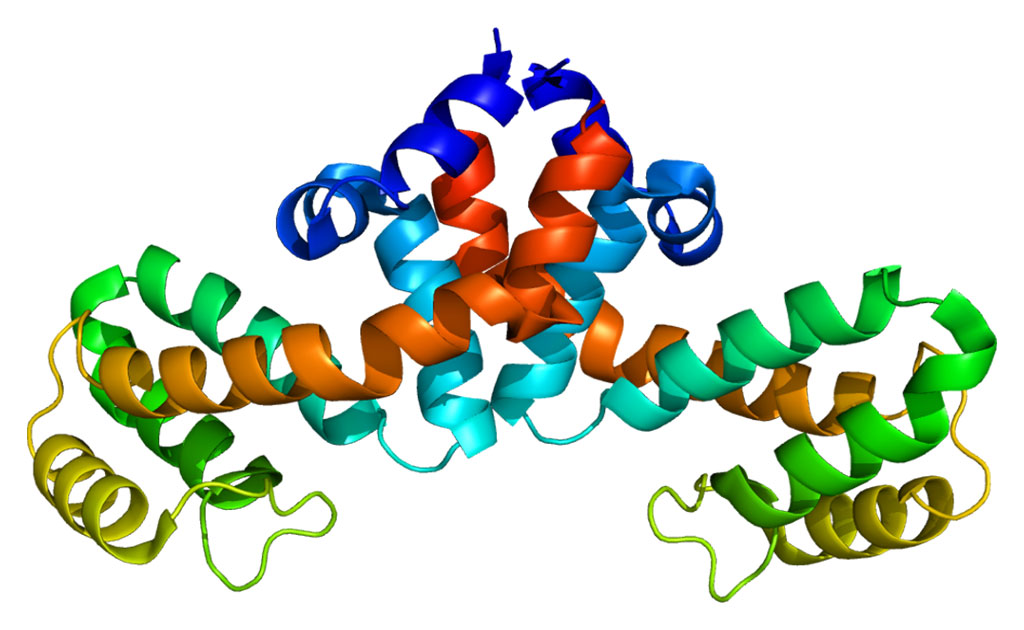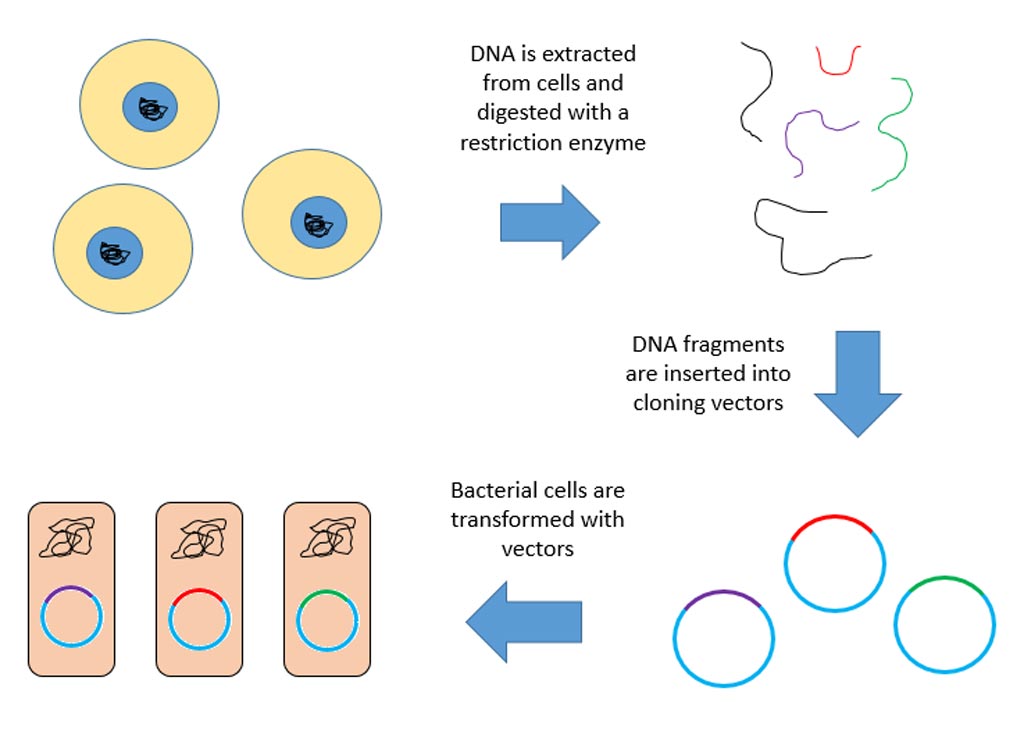Erythropoietin Found Involved in Origin and Metastasis of Cancer
By LabMedica International staff writers
Posted on 19 Dec 2011
Researchers have demonstrated that a platelet-derived growth factor-BB (PDGF-BB) and the blood protein erythropoietin (EPO) are involved in the development of cancerous tumors and that they combine to help the tumors flourish in the body. These new preclinical findings offer new potential for suppressing tumor growth and bypassing difficulties of resistance that exist with many drugs in current use.Posted on 19 Dec 2011
The study’s findings were published online December 4, 2011, in the journal Nature Medicine. Angiogenesis is the formation of new blood vessels from preexisting ones, and is one of the most important research fields in the treatment of such diverse disorders such as cancer, metastases, obesity, heart disease, stroke, diabetes, and chronic inflammation. The process is also important in healthy individuals for wound healing, the menstrual cycle, and other normal processes. Prof. Yihai Cao and his coworkers from the Karolinska Institute (Stockholm, Sweden) are examining the angiogenesis process and its ties to cancer and other disorders, and in the present study, they revealed the critical role played by growth factor PDGF-BB.
“It’s a member of the PDGF family and significantly contributes to blood vessel development, which is one of the characteristic signs of cancer,” said Prof. Yihai Cao. Our preclinical findings suggest that PDGF-BB causes systemic effects in the body, which is to say that rather than being active locally it goes into the blood and interferes with the function of several organs so that the entire body is affected.”
The studies were conducted on lab mice, and in this study, the investigators were able to demonstrate that when the growth factor PDGF-BB binds to its receptors, it stimulates the blood protein EPO, which then regulates the production of red blood cells that provide more oxygen for tumor growth and metastasis. “EPO has several functions,” remarked Prof. Cao. “It produces more blood and stimulates angiogenesis, and we have revealed the underlying mechanism. It also stimulates tumor angiogenesis by directly stimulating the proliferation, migration, and growth of endothelial cells and their ability to form the so-called epithelial tube. PDGF-BB promotes the stimulation of extramedullary hematopoiesis, enlargement of the liver and spleen, which increases oxygen perfusion and protection against anemia.”
The introduction of PDGF-BB in mice therefore increases erythropoietin production and the hematopoietic parameters. Moreover, EPO may directly act on tumor cells to stimulate their growth and metastasis. “We believe that the increase in EPO might be responsible for tumoral resistance to antiangiogenetic drugs, which only target PDGF ligands. The combination of drugs targeted at both PDGF and EPO has potential superior therapeutic benefits,” stated Prof. Yihai Cao, adding that they will continue to research mouse models and assess opportunities for clinical studies on patients.
Prof. Yihai Cao is also affiliated to Linköping University (Linköping, Sweden). Researchers from Karolinska Institute, Linköping University, and the University of Toyama (Toyama, Japan) contributed to the study.
Related Links:
Karolinska Institute
Linköping University
University of Toyama













